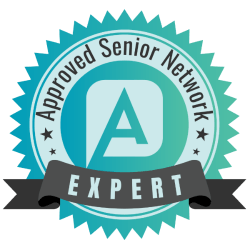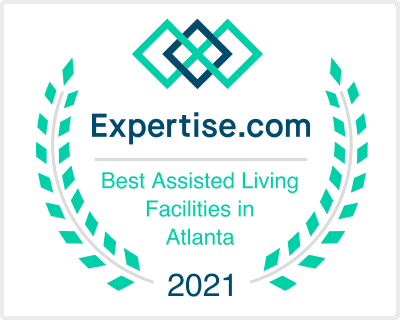As our parents or family members age, it is natural for us to want to help and care for them. However, what happens when your heart is in the right place, but physically speaking, you aren’t. This is the case for many who find themselves at a distance from a loved one who needs assistance.
While being a long-distance caregiver may pose unique obstacles that a traditional family caregiver may not face, it is still a task that can be undertaken. You can assist your loved one by offering emotional support or managing finances. Though the physical elements of care are limited, you have plenty of opportunities to help, even with the distance.
If you are new to long-distance caregiving or you are considering undertaking this role, Woodland Ridge in Smyrna, Georgia, wants to provide you with tips to help you better manage being a long-distance caregiver.
Suggestion #1: Stay Connected
One of the biggest challenges a long-distance caregiver can face is connectivity. Luckily, technology has expanded to where we can connect with a loved one at any time of day, no matter their location.
Communication is a crucial component to a healthy and beneficial relationship, and when it comes to long-distance caregiving, this is no different. We encourage you to speak with your parent(s) or loved one(s) regularly. Check-in with calls or text messages to discuss their day, how they are feeling, their routine(s), and if there’s any pain point in their life that you can alleviate.
If you have relatives or friends who live near your loved one, it could be beneficial to reach out to them to see if they can assist your loved one in ways you cannot, i.e., driving to an appointment or enjoying a meal with your loved one.
Suggestion #2: Gather Knowledge
Gathering knowledge is an early step to becoming a successful family caregiver. With written consent (required under HIPAA Privacy Rules), you can gain access to your loved one’s medical records, which will allow you to understand their health better. This better understanding can direct you on what steps or actions need to be taken to provide the best level of care for your parent or loved one.
Suggestion #3: Visiting Your Loved One
While technology can connect us, it isn’t necessarily able to show the full picture of your loved one’s situation. Visiting your loved one gives you the ability to see the bigger picture, such as:
- The state of their home or living space
- Their daily routines & habits
Knowing what to look for and what is a sign of concern may be hard to decipher. We invite you to read a previous Woodland Ridge blog for more information on what to look for during your visit.
You also want to make the most out of your visit so you can spend quality time with your loved one and also schedule beneficial face-to-face appointments related to his or her health and well-being.
Suggestion #4: Assessing Care Needs
With communication and a better understanding of your loved one’s current health situation, you can begin to familiarize yourself with their care needs. Depending on your situation, there may come a time when your loved one may need a solution that places them in a senior living community, like Woodland Ridge. As a long-distance caregiver, it’s important to understand your limitations and ensure you are always putting your loved one’s needs and care first.
Woodland Ridge’s vision is to be the assisted living provider of choice and inspire and nurture each senior we serve. From assisted living to memory care services, our community seeks to honor each resident’s uniqueness, and enable meaningful engagements and relationships.
For more information regarding our assisted living community in Smyrna, Georgia, we encourage you to contact our team.
- Tips for Seniors to Adjust to a New Life at Assisting Living - April 15, 2024
- How to Know if a Memory Care Facility Supports Alzheimer’s Progress - April 1, 2024
- Resident Spotlight – April 2024 - March 22, 2024



